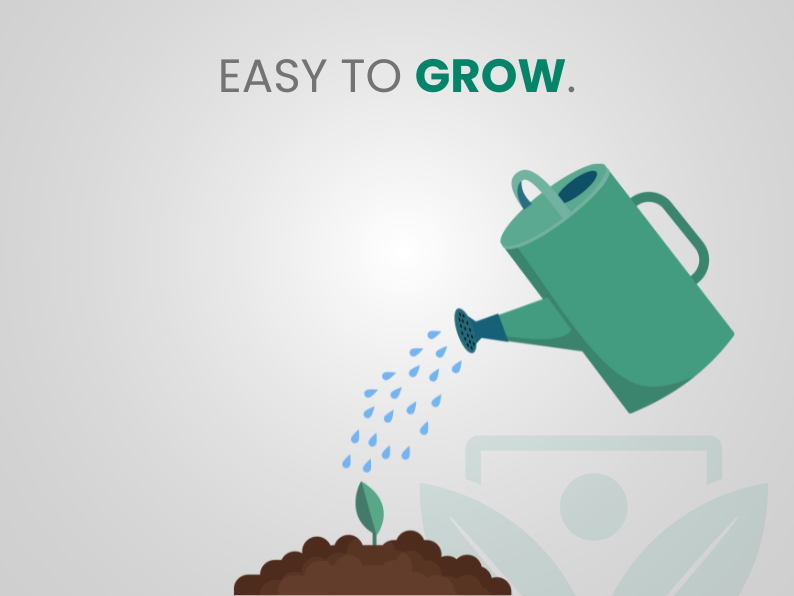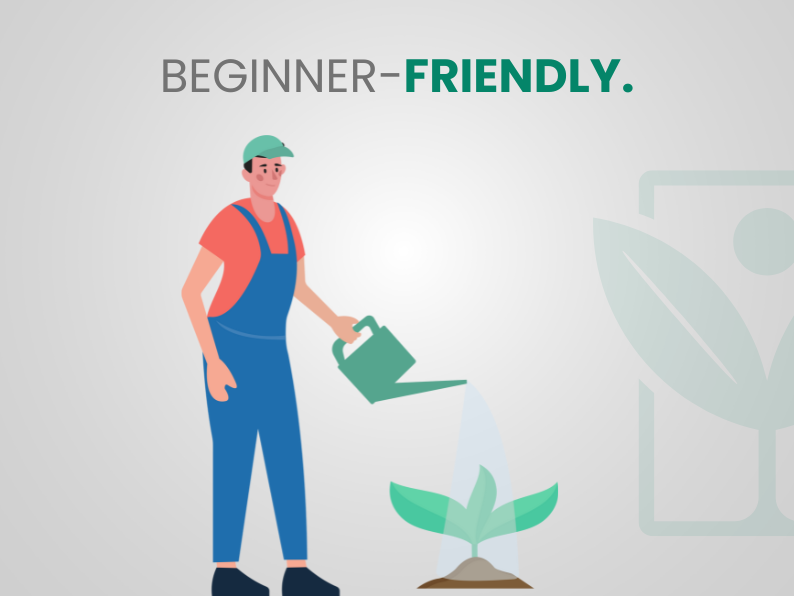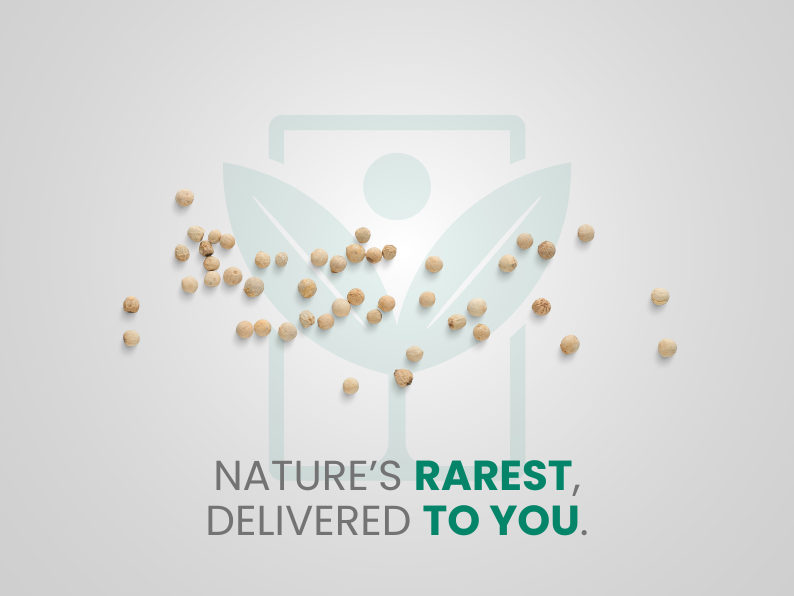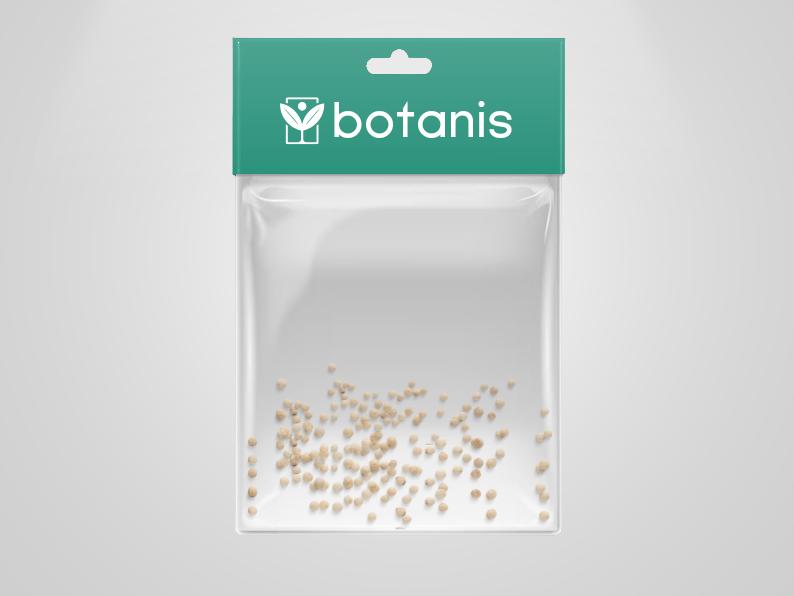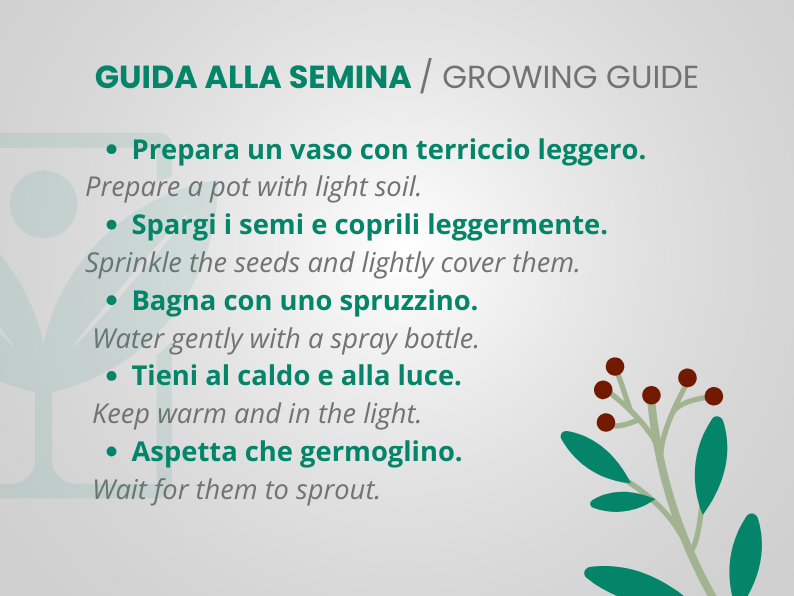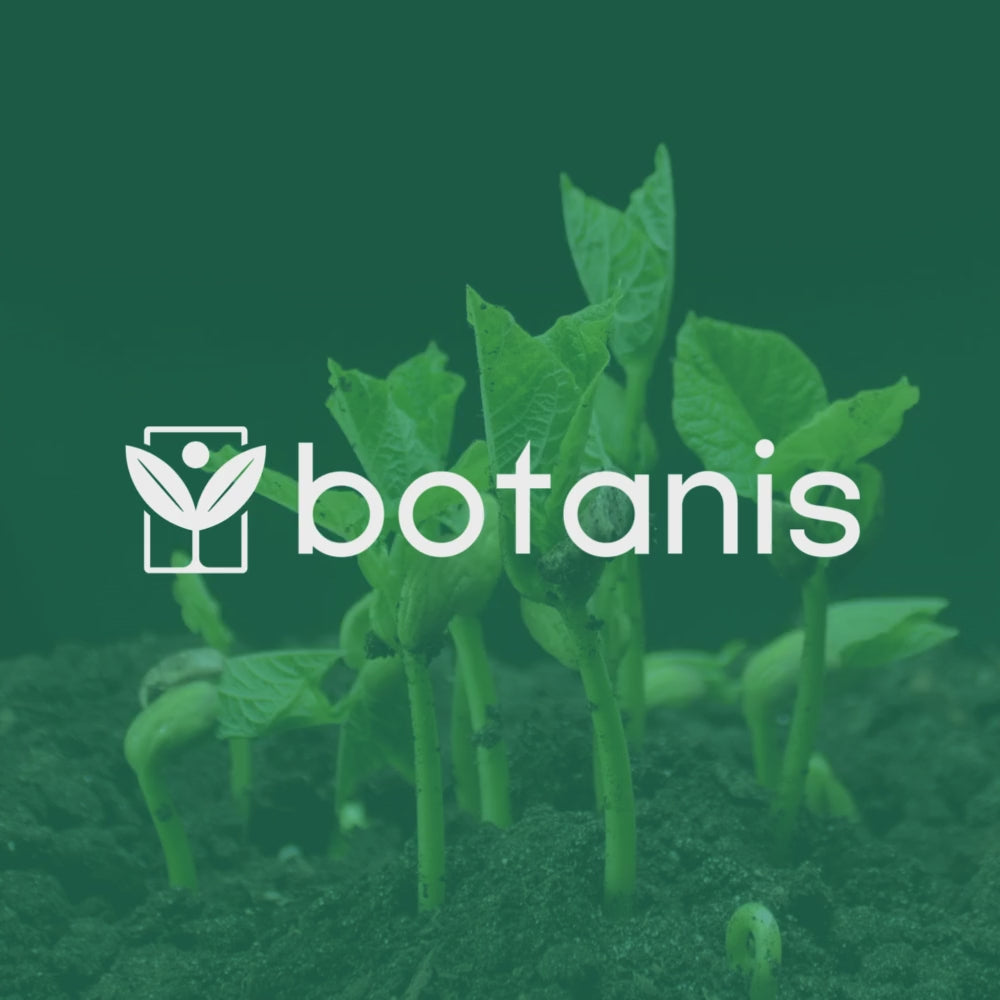10 PURPLE-WHITE PETUNIA flower seeds - flower seeds - high germination - seeds
Shipping time: 3-5 business days
Use code " BOTANIS10 " for a 10% welcome discount!
Free shipping: on orders over €39!
Couldn't load pickup availability

Description
Petunias are known for the beauty of their flowers, to be grown in pots or flowerbeds. The Petunia genus includes 40 species of herbaceous plants, annual or perennial, mostly native to South America.
They develop large bushes, densely branched, 25-60 cm tall, often presenting prostrate or drooping stems; the leaves, light green in colour, are covered with a very fine down, are slightly sticky to the touch, and give off a characteristic scent.
With a tubular corolla, they are solitary and supported by terminal or axillary peduncles. They present the whole range of colors, from white to pink, from purple to blue. The tubular portion of the corolla is almost straight, while its margin is wide and five-lobed.
The flowering, very abundant, lasts from mid-spring to mid-autumn. There are numerous hybrids and cultivars on the market, even with double flowers or with jagged or crumpled-looking corollas.
Environment and exposure
You will grow petunia plants easily, you just have to make sure to put them in very bright places, with full sun exposure and direct light for at least six hours a day. This is a very important aspect if you want plants with many flowers, in fact, too little light leads to poor flowering.
Although they are easy to grow, petunia flowers and the plant itself are particularly delicate, place the pots, or plants, in full sun, but well protected from the wind that could damage them. As plants that fear the cold a lot, take them back at the first signs of cold and bring them outside only when the temperatures are around 15 degrees.
The groundpetunia pink flowers
Petunia plants love fertile, non-calcareous soil; rich in organic matter, to be enriched with Biocompost Fito. The ideal is a universal soil to which you can add sand and finely crumbled bark to promote drainage.
Fertilization and watering
Fortunately, petunia does not require abundant fertilization. First add organic compost to the soil during repotting, then starting in spring, fertilize with a fertilizer rich in potassium, such as Fito surfinie e piante fiorite, added to the water during watering. Repeat the treatment approximately every 15-20 days.
If fertilization is sporadic, watering must be abundant and frequent, because petunia is a flower that loves water. These plants, in fact, can tolerate a few hours of drought, after which they will tend to wilt. Water regularly, about every 2-3 days during spring and autumn and once a day in summer. Be careful of water stagnation and water when the soil is no longer moist. When watering, do not wet the flowers; given their delicacy they could be damaged.

